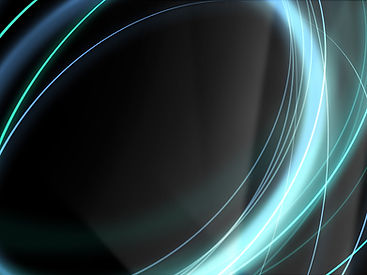

THE CIRCULAR ECONOMY
Sustainability Benefits
As part of the Manufacturing Immortality Project, our researchers at the University of Exeter explored the sustainability benefits of self-healing materials and how they could help to transition to a Circular Economy.
What is the Circular Economy?
Our current economic model is linear. We take stuff, make stuff, then throw it away.
A Circular Economy is different. The aim is to design out waste and pollution, keep products and materials in use, and regenerate natural systems.
The Role of Self-Healing Materials
Self-healing materials can support circular design by extending product life and keeping materials and products cycling for longer.
Extending product life facilitates a transition to circular business models in which products are rented or offered 'as a service'. In this model, the longer a product lasts, the better. No more designing for obsolescence. Instead, the aim is to design for longevity and durability. Self-healing materials could play a crucial role in this model.
In order to explore these issues in more detail, we produced case studies across three sectors:
mobility, healthcare consumer electronics
Below are infographics which summarise the key findings but download the
full report click on the icon below each one


